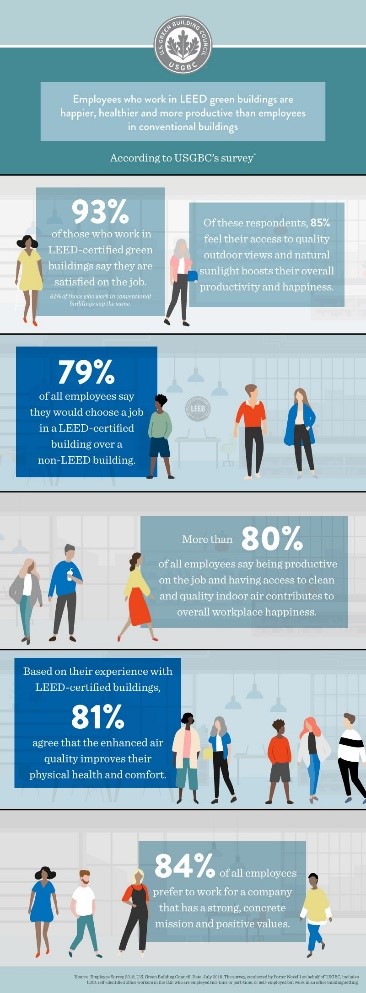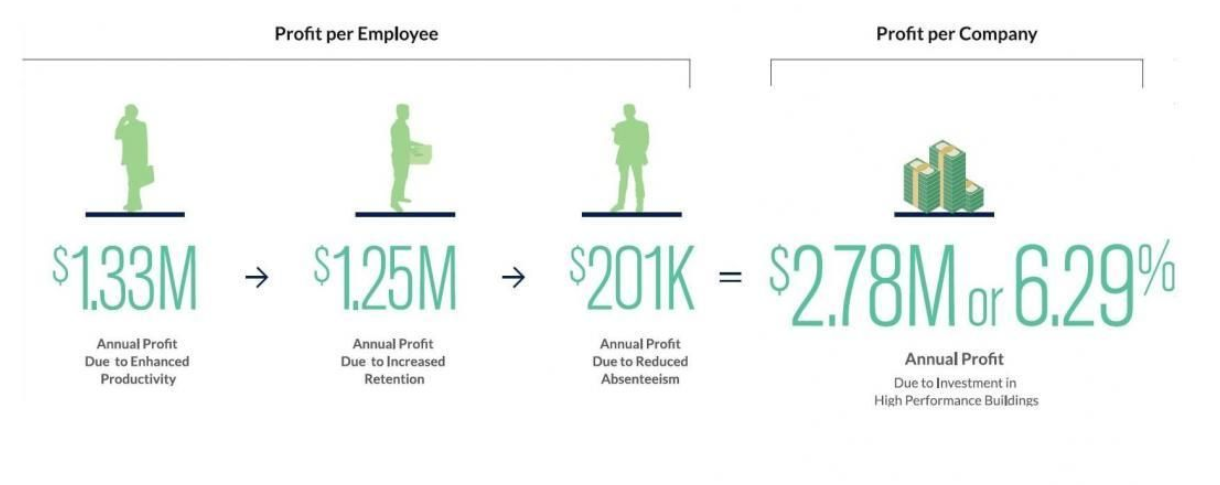Human beings spend most of their time in or around the built environment. As we live, work, and play, the design of the spaces we occupy can have a profound impact on our wellbeing.
The way that our environments affect our physical and mental health has long been a topic of discussion in the fields of architecture, urban planning, and environmental psychology. Physical barriers to access can result in the exclusion of people with disabilities; lack of indoor air quality or access to natural light can impact cognitive development or lead to future health issues.
From a mental health perspective, studies have shown that most of our reactions to a space are on an emotional, rather than a rational level and emotional reactions can vary among the occupants of a space. [1,2] Some may feel uneasy, while others feel comfortable.
Articulating the characteristics of a space that trigger certain emotions is a challenge but by considering the people for whom a space is intended, designers can create spaces that positively impact quality of life for those who inhabit them.
With this in mind, we at SWA are developing a fresh approach to creating buildings that perform well for the occupants they serve.



